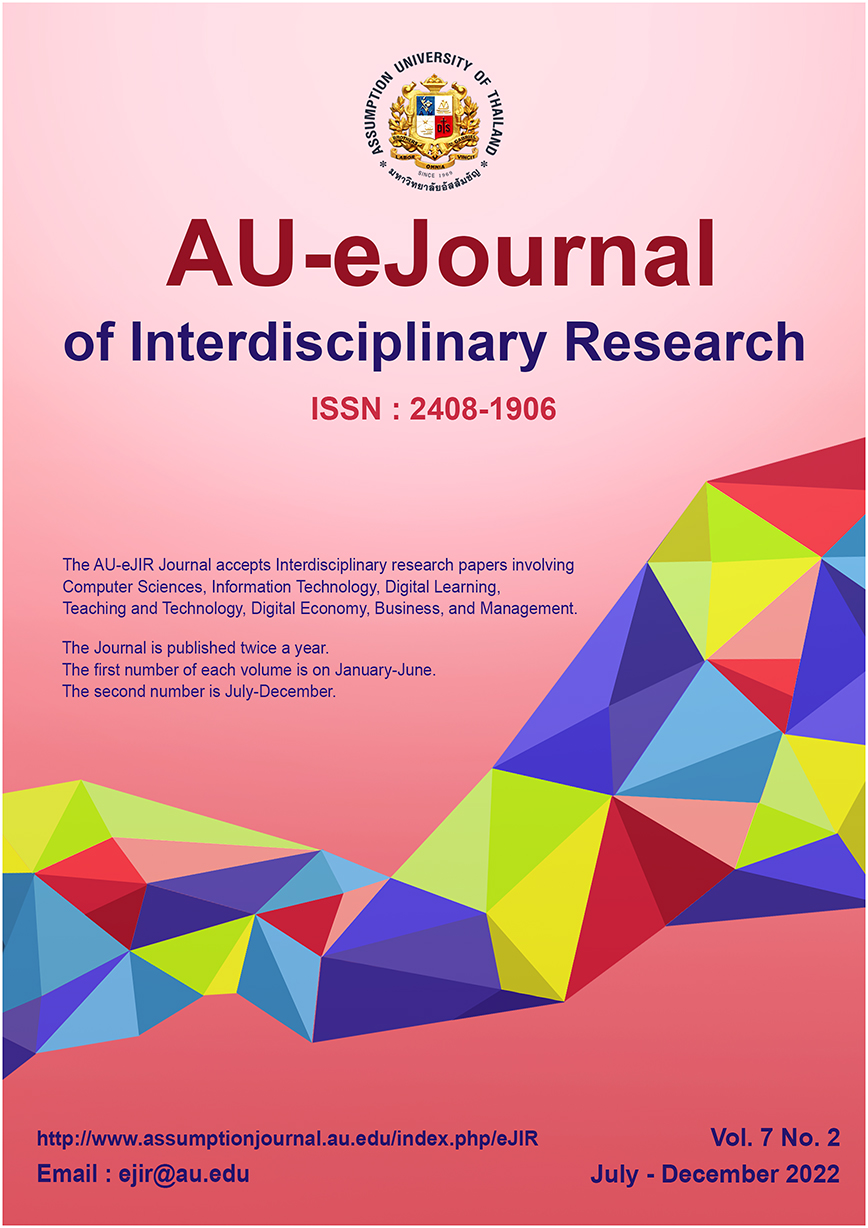THE DEMAND FOR MODERN MICROFINANCE SERVICES IN BANGLADESH
Keywords:
Digital-based Microfinance, Microcredit, Microfinance, Online Banking ServicesAbstract
For several decades, microfinance services have benefited a variety of low-income households and small businesses in a variety of ways; nevertheless, the digital-based modern microfinance services may provide obstacles to users used to conventional services and those without access to technology. Thus, this study will examine the demand for modern microfinance services in Bangladesh, as well as the variables that influence such demand. The examination was conducted through microfinance clients in Bangladesh via an online survey and the data then were analysed by ANOVA test. The findings show that household income, religion, residence district, current microfinance programme, and loan repayment schedule influence the demand for modern microfinance services. The paper suggests that microfinance institutions should develop microfinance programmes with appropriate loan terms and repayment schedules in order to attract new customers, and should prioritise customers who live in remote areas with restricted access to microfinance services in order for their lives to improve as a result of microfinance assistance.
References
Ahmed, S. (2009). Microfinance Institutions in Bangladesh: Achievements and Challenges. Managerial Finance, 35(12), 999-1010. doi:10.1108/03074350911000052.
Akram, M., & Hussain, I. (2011). The role of microfinance in uplifting income level: A study of District Okara - Pakistan. Journal of Contemporary Research in Business, 2(11), 83-94.
Allen, F., Carletti, E., Cull, R., Qian, J., Senbet, L., & Valenzuela, P. (2013). Improving Access to Banking: Evidence from Kenya. CEPR Working Paper. Retrieved from http://www.dii.uchile.cl/wp-content/uploads/2014/04/Improving-Access-to-Banking_-Evidence-from-Kenya.pdf.
Bangladesh Bank. (2021). Micro Finance Institutions (MFIs). Retrieved from https://www.bb.org.bd/en/index.php/financialactivity/mfi.
Barro, R. J., & Mccleary, R. (2003). Religion and Economic Growth Across Countries. American Sociological Review, 68, 760-781.
Fersi, M., & Boujelbéne, M. (2016). The determinants of the performance and the sustainability of conventional and Islamic microfinance institutions. Economics World, 4, 197-215.
Financial Inclusion Insights. (2018). Bangladesh Wave 6 Report Sixth Annual FII Tracker Survey. Retrieved from https://finclusion.org/uploads/file/reports/fii-bangladesh-wave-6-2018-report(2).pdf.
Gordon, J. (2022). Demand Theory – Explained: What is Demand Theory?. Retrieved from https://thebusinessprofessor.com/en_US/economic-analysis-monetary-policy/demand-theory-definition.
Hamdan, H., Che Embi, N. A., Kassim, S., Saad, N., & Uddin, Md. (2020). Governance structure of microfinance institutions: A comparison of models and its implication on social impact and poverty reduction. Journal of Ibn Haldun Studies, Ibn Haldun University. 5. 95-118.
Hayes, A. (2021). Demand Theory. Retrieved from https://www.investopedia.com/terms/d/demand_theory.asp.
Hemtanon, W., & Gan, C. (2020). Microfinance Participation in Thailand. Journal of Risk and Financial Management, 13, 122.
Hermes, N., Lensink, R., & Meesters, A. (2018). Financial development and the efficiency of microfinance institutions. In L. J. Spence, J. G. Frynas, J. N. Muthuri & J. Navare (Eds.), Research Handbook on Small Business Social Responsibility: Global Perspectives (pp. 177-205). Northampton, MA: Edward Elgar Publishing.
Imam, P., & Kpodar, K. (2016). Islamic Banking: Good for Growth? Economic Modelling, 59, 387-401.
Light Castle Partners. (2019). The State of Digital Microfinance in Bangladesh: A Digitization Snapshot 2019. Retrieved from https://www.lightcastlebd.com/wp-content/uploads/2020/06/The-State-of-Digital-Microfinance-in-Bangladesh.pdf.
Mankiw, N.G., & Taylor, M.P. (2011). Economics (2nd ed.). Cengage Learning.
Microcredit Regulatory Authority [MRA]. (2018). An overview of microcredit in Bangladesh. Retrieved from https://www.mra.gov.bd/images/mra_files/News/mcinbd22072020.pdf.
Moin, C. M., Suwapan, P., & Kraiwanit, T. (2021). Micro finance reducing national poverty: A lesson learnt from Bangladesh. International Social Sciences and Business Research Conference ISSBRC 4/2021, 15(1), 8-16.
Naser, M. A. (2018). Microfinance, poverty alleviation & women entrepreneurs in the Bangladeshi community: Rhetoric and realities (Doctoral dissertation, De Montfort University, Leicester, England). Retrieved from http://hdl.handle.net/2086/16549.
Nicholson, W., & Snyder, C. M. (2012). Microeconomic Theory: Basic Principles and Extensions (11th ed.). Mason, OH: South-Western.
OpenStax. (2016). Principles of Economics. OpenStax.
Peek, S. (2021). The science of persuasion: How to influence consumer choice. Retrieved from https://www.businessnewsdaily.com/10151-how-to-influence-consumer-decisions.html.
Phan, D. K. (2012). An Empirical Analysis of Accessibility and Impact of Microcredit: The Rural Credit Market in the Mekong River Delta, Vietnam (Unpublished. Ph.D. Thesis). Lincoln University, Lincoln, New Zealand.
Presbitero, A. F., & Rabellotti, R. (2014). Geographical Distance and Moral Hazard in Microcredit: Evidence from Colombia. Journal of International Development, 26, 91-108.
Siripipattanakul, S., Siripipatthanakul, S., Limna, P., & Auttawechasakoon, P. (2022). The Relationship Between Website Quality, University Image, e-WOM and Intention to Follow the University Website. Psychology and Education Journal, 59(2), 529-544.
Stiglitz, J. E., & Weiss, A. (1981). Credit Rationing in Markets with Imperfect Information. The American Economic Review, 71, 393-410.
Thompson, G., Murray, T. & Jomini, P. (2012). Trade, Employment and Structural Change: The Australian Experience, In OECD (ed.) Policy Priorities for International Trade and Jobs.
Werema, S. & Opanga, O. (2016). Factors Affecting Clients on Loan Repayment for Microfinance Institutions: A Case Study of PRIDE Arusha, Tanzania. International Journal of Scientific and Technical Research in Engineering, 1(8), 34-41.
World Bank. (2019). Bangladesh Poverty Assessment: Facing Old and New Frontiers in Poverty Reduction. Retrieved from https://documents1.worldbank.org/curated/en/793121572582830383/pdf/Bangladesh-Poverty-Assessment-Facing-Old-and-New-Frontiers-in-Poverty-Reduction.pdf.





